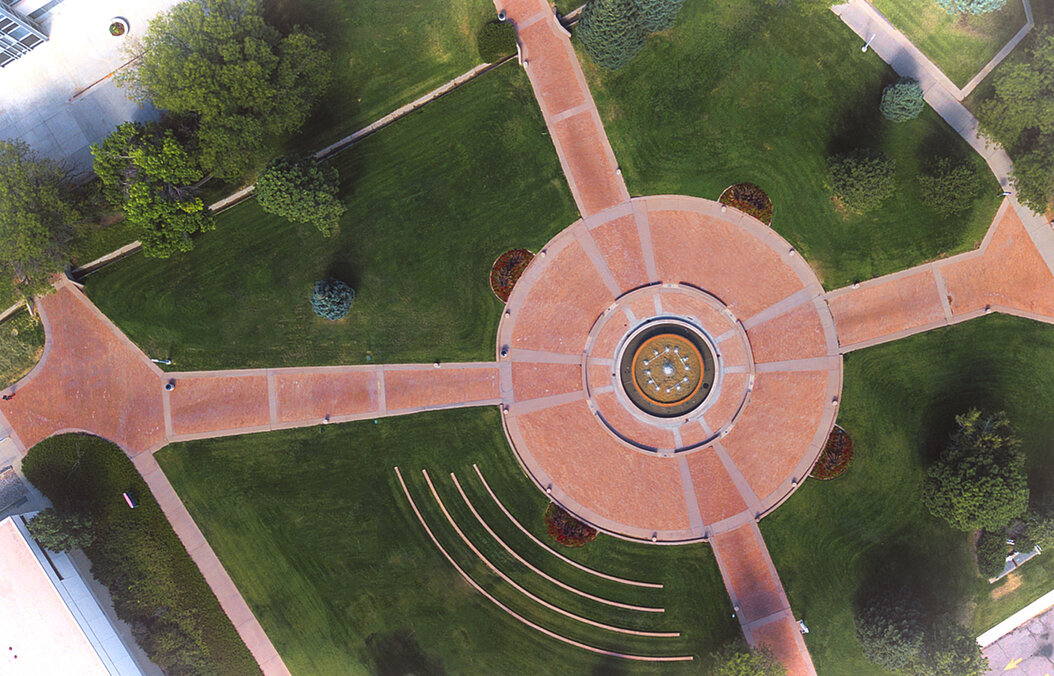
Colorado State University Pueblo, on a journey towards becoming The People’s University of the Southwest
As a Hispanic-serving Institution, CSU-Pueblo faculty and staff has embraced its Hispanic culture and students in a variety of ways, while also engaging the…
As of the 2020 school year, there were 569 colleges and universities across 28 U.S. states, the District of Columbia and Puerto Rico that are classified Hispanic-serving Institutions, according to a 2021 Hispanic Association of Colleges and Universities report.
A Hispanic-serving Institution (HSI) is defined as a college or university where at least 25% of its student population self-identify as Hispanic.
Colorado State University-Pueblo is one of the premier HSIs in the nation, with 34% of its student population identifying as Hispanic.
Dr. Donna Souder Hodge, chief strategy officer at CSU-Pueblo, noted how the university prides itself on being a true Hispanic Serving Institution, and not simply a Hispanic Enrolling Institution.
This is done with the purpose of honoring and respecting its history, as well as the university’s geographic location.
According to 2020 U.S. Census data, Hispanics are the largest ethnic group in the city of Pueblo at 51.1%, and make up about 21.8% of Colorado’s overall population, totaling over 1.2 million Hispanics. This places Colorado in the top 10 in both categories among all U.S. states.
“Historically, we’ve tried to be all things to all people, understanding where we are in our state,” Dr. Souder Hodge said in an interview with AL DÍA. “Southern Colorado, the Southwest United States and honoring those histories. That diversity is very, very important to who CSU-Pueblo is.”
To this end, Dr. Mohamed Abdelrahman, CSU-Pueblo Provost and Executive Vice President of Academic Affairs, took it a step further.
He noted that while being an HSI is a designation by the Department of Education, for CSU-Pueblo, it is a part of the university’s identity.
“The vision for CSU-Pueblo is becoming the People’s University of the Southwestern United States,” he said. “It’s very well-translated and clarified by our guiding principles.”
Some of the principles include impacting and engaging society, to which the institution has made tremendous strides in connecting with the community in Pueblo and positively impacting and learning from them, as well.
In an effort to make good on its goal of being the People’s University of the Southwest United States, CSU-Pueblo launched Vision 2028.
Vision 2028 is a 10-year action plan that looks for ways to enhance the educational attainment and career preparedness of CSU-Pueblo students to help them realize their full potential and maximize their economic and societal contributions to the state of Colorado.
From a purely academic standpoint for CSU-Pueblo, the goal is to increase enrollment, retention, graduation rate and placement rate on a yearly basis, with specific goals by 2028.

The administration at CSU-Pueblo prides itself on ensuring that once a vision is formed, the necessary steps are taken to see it through.
“Vision is always something that we talk about,” said Dr. Abdelrahman.
“Something that I work with the Deans on developing is always academic programming that is sustainable, that builds on our current strengths,” he added.
Four initiatives have come out of the Vision 2028 initiative. Discovery, which provides students with opportunities to engage in research and hands-on learning at the undergraduate level; Pathway, which encompasses robust academic and wrap-around support for students from first-year through graduation; Works, which addresses financial hardship for low-income students who work while earning academic credit; and Journey, which provides every student the opportunity for an accelerated journey to degree or time to study abroad.
“We want to make sure that we are not only making our programs very inclusive to make sure that students who represent just a wide diversity of backgrounds are able to be successful… but then to make sure they’re graduating and having every opportunity to be a part of a diverse workforce,” said Dr. Souder Hodge.
Like so many colleges and universities nationwide, the pandemic added various challenges. However, CSU-Pueblo was able to adjust, and even thrive, despite them.
“One of the really amazing things about our response during COVID has been that many of these big ideas for academic programming have actually moved forward,” added Dr. Souder Hodge.
As an HSI located in a city with a notable Hispanic population, getting the most out of it is paramount from a student, faculty and community perspective, albeit can also be challenging.
“We make it a special focus for us to try to add to that diversity as a Hispanic-serving Institution,” said Dr. Abdelrahman. “Having diversity in the faculty is a very important target, but sometimes it’s a very elusive target at the same time.”
“So as an institution, we keep that as something front and center for us,” he added.
The goal of increased diversity among faculty is a way to diversify the workforce. Two specific industries that can use more diversity are education and nursing.

From the student perspective, Dr. Souder Hodge denoted the importance of working towards creating work opportunities for all its students, which is aided by “respect[ing] the work that our students have done by the time they get to us,” she said.
“Lots of higher-ed institutions are really in the habit of saying students don’t come to us knowing how to work, but the reality is, they do come to us knowing how to work,” she added. “So then it becomes our mission to make sure they channel that work ethic they already have.”
According to Dr. Souder Hodge, more than 65% of CSU-Pueblo students also work full-time jobs, with some students also having to take on non-traditional roles in the home.
With many academic programs requiring its students to complete unpaid internships, time management is an important hurdle to climb.
As a university, CSU-Pueblo has made strides to help those students overcome those challenges.
“At CSU-Pueblo, we have committed our effort toward funding and finding money… which has allowed us extra dollars to give to those students to pay them for previously unpaid clinical work,” said Dr. Souder Hodge.
“How do we create a more diverse workforce of teachers? We've got to make sure we get a more diverse student population in and through our programs,” she added.
Under Title V, CSU-Pueblo has received a number of grants and funding that has helped the institution support the Hispanic student body.
RELATED CONTENT
Some of the programs that have been created by way of these grants include MAESTRO (“Mastering Academic Excellence, Success, Teaching, and Research Opportunities”), La GENTE (“Guided Enrollment for New and Transfer Education), CUMBRES (which expands graduate programs for Hispanic and low-income students) and La CALLE (“Communities Achieving Lifelong Learning Engagement”).
“There is a lot of innovation that gets implemented on so many levels,” said Dr. Abdelrahman. “From helping students who come unprepared, to trying to get the students to the best position as they compete in the marketplace.”
“This is something we’re very proud of, that we don’t just dream and envision things, we actually make them happen,” he added.

One of the many resources CSU-Pueblo has been gifted over the years has allowed opportunities for Hispanic students to experience areas outside of Pueblo, and Colorado.
“Our interest is in taking students who have not had an opportunity to be out of this region or our state to think about where our Hispanic heritage stems from, where that origin might be,” said Dr. Souder Hodge.
Prior to the pandemic, 120 students were afforded the opportunity to take a trip to Colorado State University Todos Santos Center in Todos Santos, Mexico.
“We made it financially feasible for those students to be able to do hands-on research there, and it spanned everything from language learning to healthcare to environmental studies,” added Dr. Souder Hodge.
The goal in the coming years is to expand the program always with an eye towards helping get students out of their comfort zone and also provide feasible opportunities to accelerate the time it takes to earn their degree.
“Our goal is to give every student who walks into our campus an opportunity to hang a diploma on a wall,” said Dr. Souder Hodge. “That’s our mission.”
Earlier this year, CSU-Pueblo launched the new Aztlán Center, dedicated to the study of Chicanx, Latinx and Indigenous Peoples and Environments of the Southwest.
The launch of the new center corresponds with the 50th anniversary of the Chicanx Studies program on campus.
“That’s a very nice synergy,” said Dr. Souder Hodge. “launching the center the same year that we’re celebrating 50 years.”
The Aztlán Center is named after the homeland of the Aztec empire, and is housed in the university library.
“It’s in the library because the library has always had a focus on the Chicano Movement archives, and it was very important to try to leverage existing resources,” said Dr. Abdelrahman.
To this end, Dr. Souder described its university library as “a hub and place where interdisciplinary learning happens and interdisciplinary research opportunities are possible.”
Over these 50 years, the Chicano movement and culture has evolved and grown. As a result, CSU-Pueblo has also made strides in evolving its approach.
“We want to make sure that we’re learning and adapting as our cultures are changing,” added Dr. Souder Hodge. “That’s a very important piece of being a Hispanic Serving Institution.”
The center is less than two months old, yet has already been a good resource toward helping connect to partnerships with other institutions and community organizations.
The new center is yet another example of the many ways CSU-Pueblo has been working towards its goal of becoming the “People’s University of the Southwest United States.”
That commitment is shown across the board, and extends from beyond just its campus.


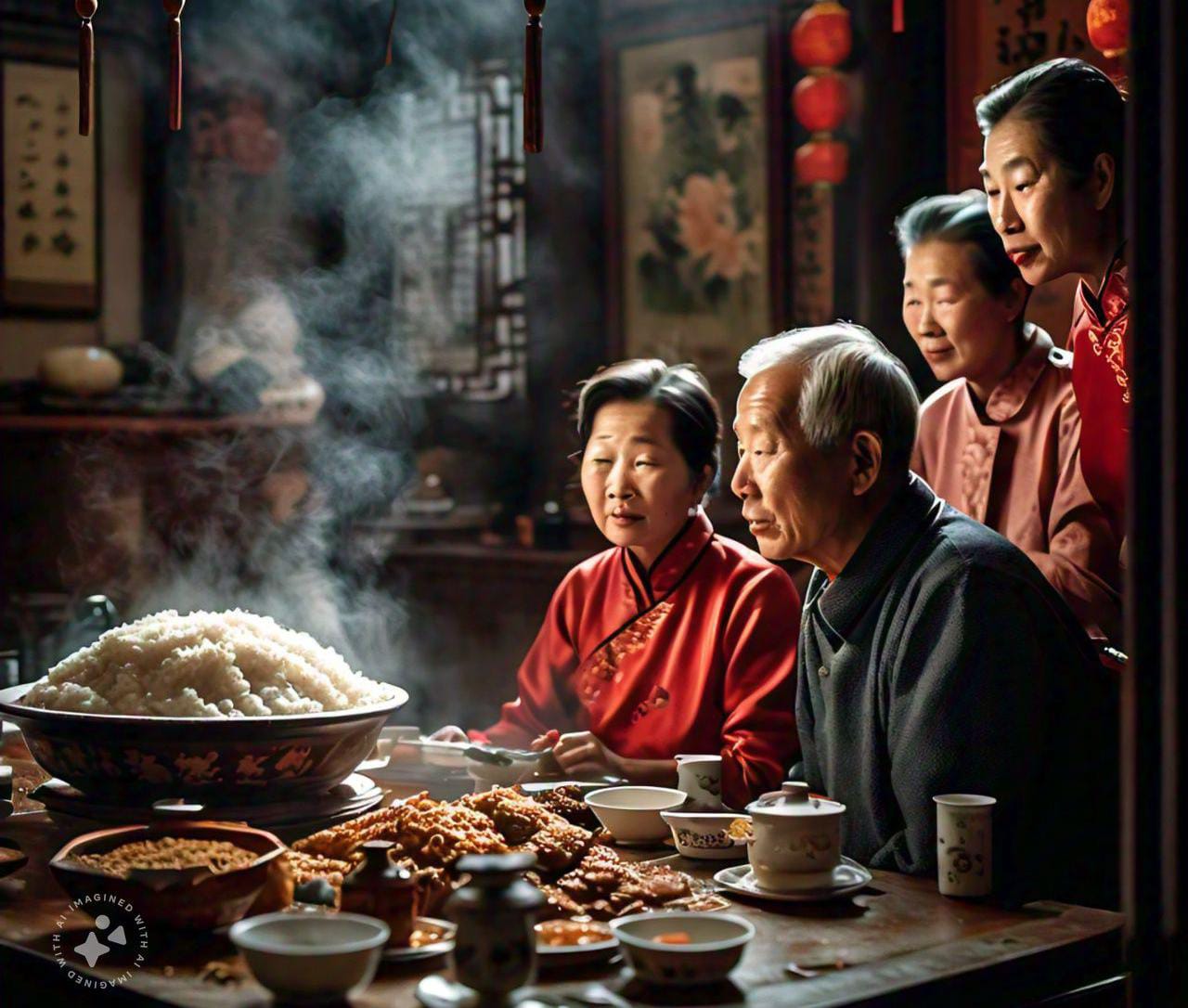

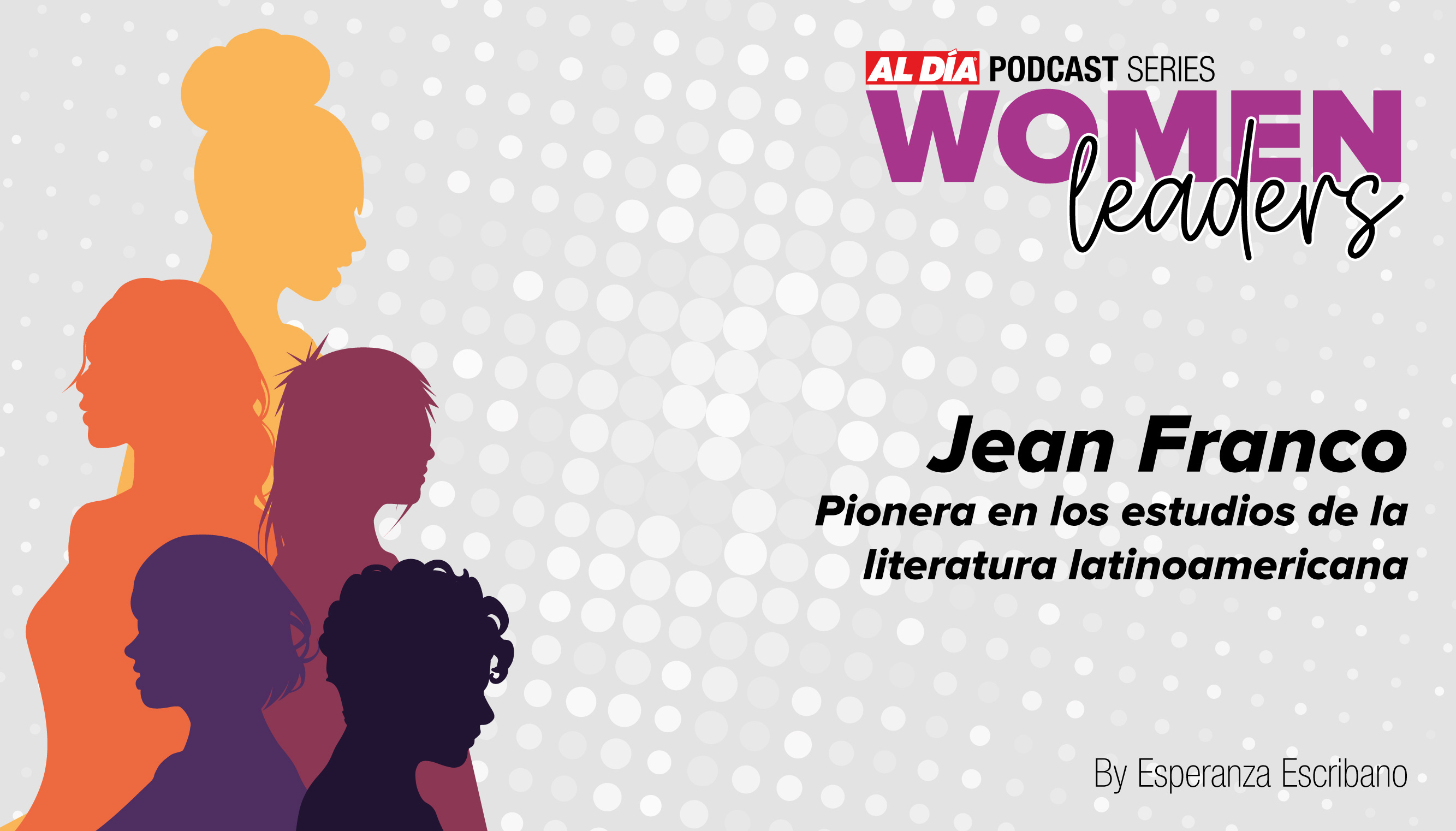


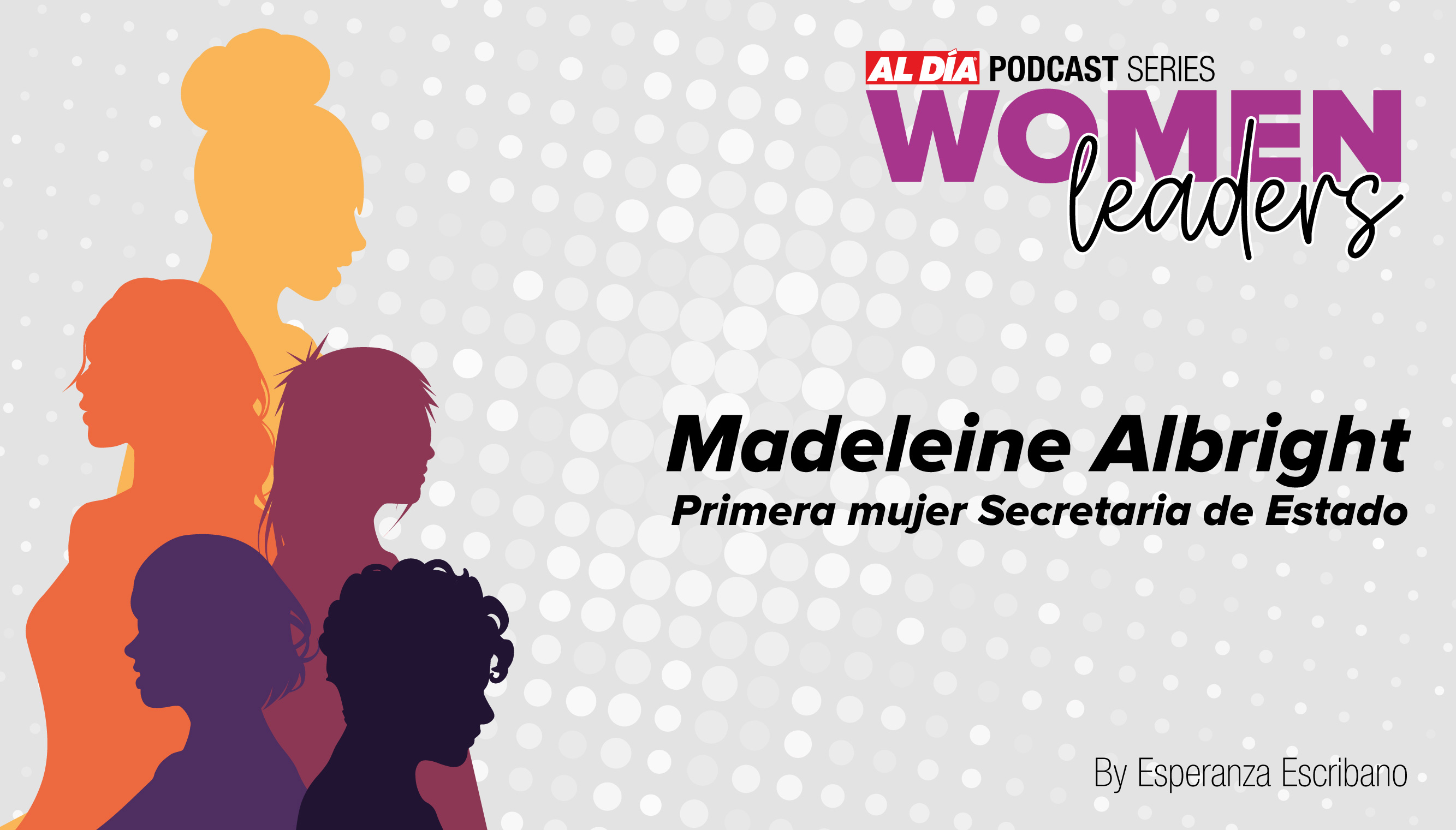
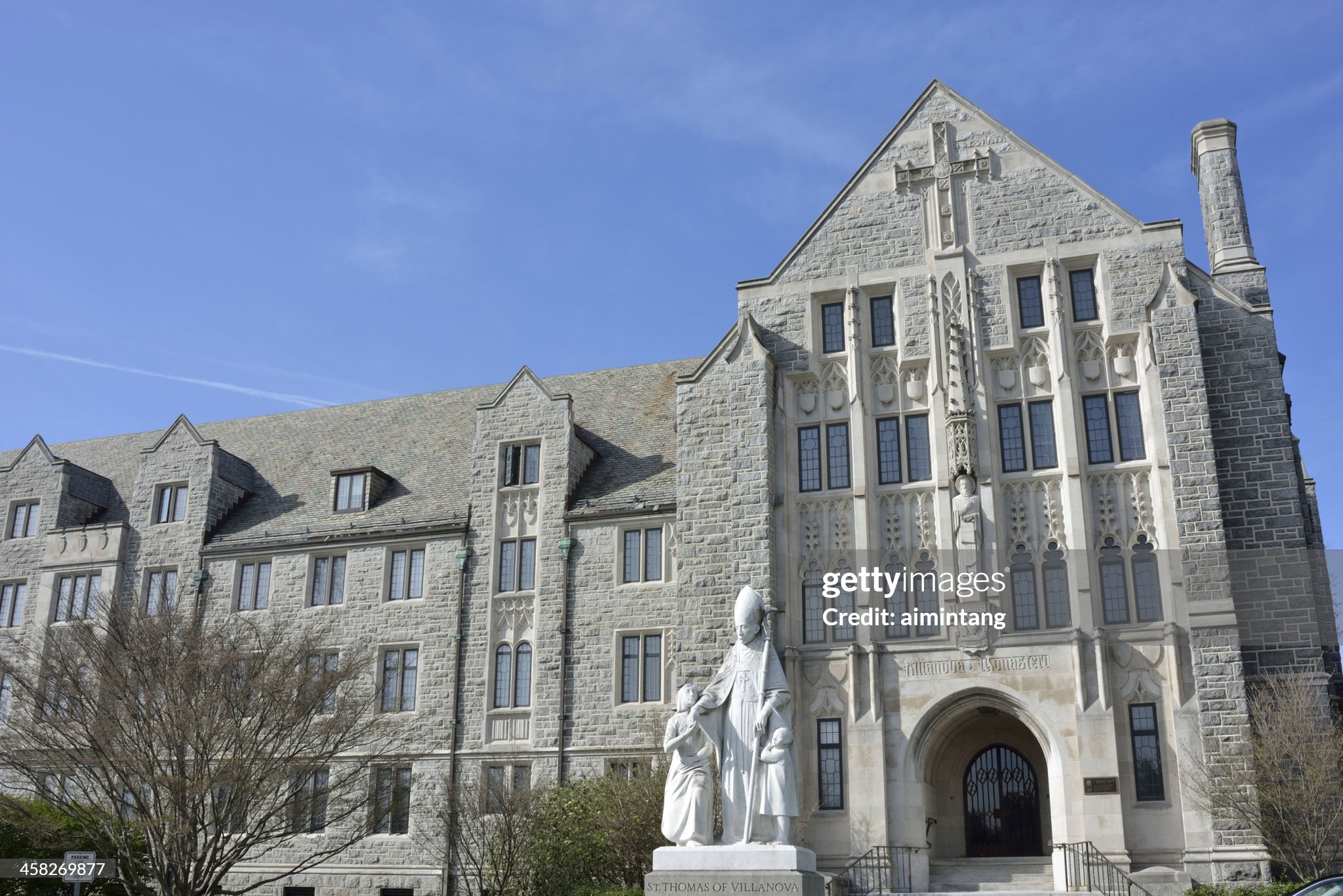


LEAVE A COMMENT:
Join the discussion! Leave a comment.